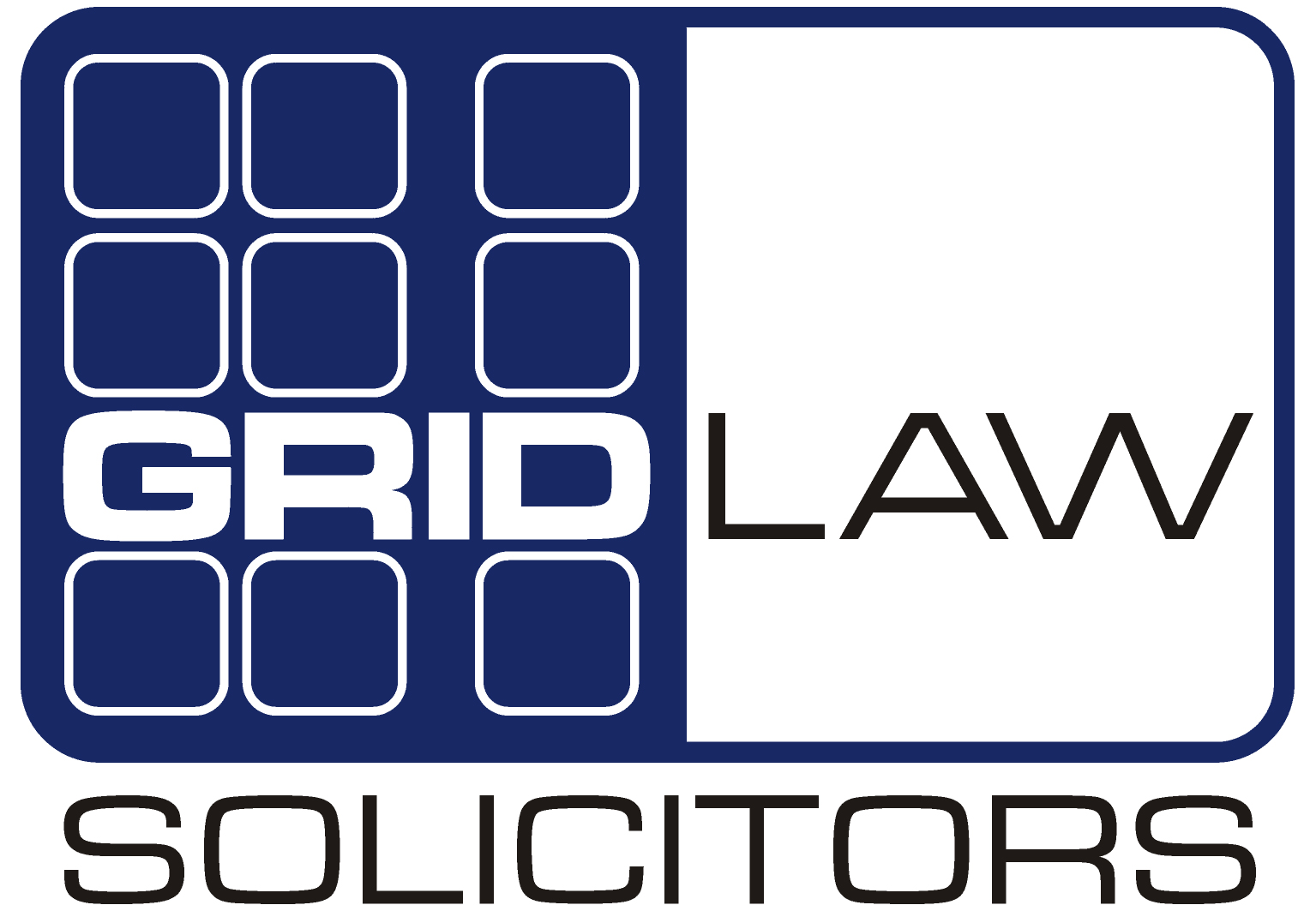
Registering a trade mark is the best way to protect your brand. But, you can’t just make an application and then forget about it. If you do, you could lose the protection that your trade mark gives. So, in this article, I’m going to explain how this can happen and how you can avoid this happening to you.
Use it or lose it
When you apply to register a trade mark you have to make a declaration that you are either using the trade mark for the goods and services you are applying for, or that there’s a genuine intention that you will do so.
This is because trade marks give you the exclusive right to use them in relation to the products and services they are registered for. When you have a registered trade mark, you can stop a competitor selling identical or similar products using an identical or similar brand.
This makes them very powerful and extremely valuable.
There used to be a trend that when you register a trade mark you would include as many goods and services as you can in an attempt to block your competitors’ activities.
However, that strategy is no longer a good one.
If you don’t use your trade mark for all the goods and services it has been registered for, for a period of five years or more, there is a risk that someone else could apply to have it cancelled for non-use. (For more information about how this can happen, please see my case study on the Supermac’s v McDonald’s dispute).
So, when you are applying to register a trade mark you should only include the goods and services you are actually using it for, or that you will definitely use it for in the near future.
Then, if you expand your range of goods and services, or you want protection for goods or services that you may discontinue at some time, you should include them in a separate application.
This will mean that if a trade mark is cancelled for non-use, you will only lose that particular one. You won’t lose all of the protection you have because you will still have other trade marks protecting your core brand.
For more information about a brand protection strategy for small businesses, please click here.
Remember to renew your trade marks
Trade marks don’t last forever. They only last for 10 years at a time and then they must be renewed. However, so long as you are still using your trade marks (see above) you can keep renewing them for as long as you need to.
The Intellectual Property Office usually sends out reminders around six months prior to your registration expiring and inviting you to renew. However, you should not rely on these reminders and ensure that you have proper systems in place to ensure they don’t get missed.
Having this backup is essential because your contact details could easily change over the course of 10 years. If you haven’t updated your records with the Intellectual Property Office there is no way they will be able to contact you.
When you’re renewing your trade marks, it’s a good opportunity to check that they are still relevant. Often you will find that your brand has evolved or that you are selling different products and services to when your trade mark was registered.
Therefore, you may want to register a new trade mark rather than renewing an existing one. This is important because if your trade mark was ever infringed, the infringement will be judged against your registered trade mark and this may not be the brand you are actually using.
Keep a look out for infringers and new applications
As explained above, when you register a trade mark, you are given the exclusive right to use it for the goods and services it is registered for. So, if you find anyone using it without your permission, you should stop them.
If you don’t take steps to clamp down on these infringers, you could find that your rights are severely diluted or even lost altogether.
You also need to be vigilant and look out for any new trade mark applications that may conflict with yours.
The Intellectual Property Office used to prevent similar applications from being registered, but they do not do this anymore. Instead, they leave it to the owner of the existing trade mark to oppose the application if they think it will cause them any problems.
Again, the Intellectual Property Office will usually notify you of any applications that they think will conflict with yours, but not always. It’s your responsibility to keep a look out for these applications, not theirs.
If a conflicting application is allowed to be registered, or if an infringer goes unchallenged and establishes a foothold in the market, it will mean that you no longer have exclusivity for your trade mark. Then, it makes it much easier for other conflicting brands to co-exist too, eventually diluting your rights down to nothing.
To guard against this, you need to have systems in place to regularly search for potential infringements and possibly conflicting trade mark applications.
This is a service you can pay for and there are many businesses that will offer a “watching service” for you.
Alternatively, you can easily do this yourself.
In some of my other articles, I have explained about my Brand Protection Toolkit which takes you step by step through the process of registering a trade mark.
However, one of the additional benefits of the toolkit is that it also explains how to protect your brand after it has been registered. Basically, it covers the issues I have raised above, but in much more detail and explains how you can guard against them, yourself.
It even includes a sample “cease and desist” letter so you can take immediate action against any infringers you find, who are using your brand without permission.
The Brand Protection Toolkit is available for immediate download here but, if you have any questions about protecting your brand, please feel free to get in touch.

